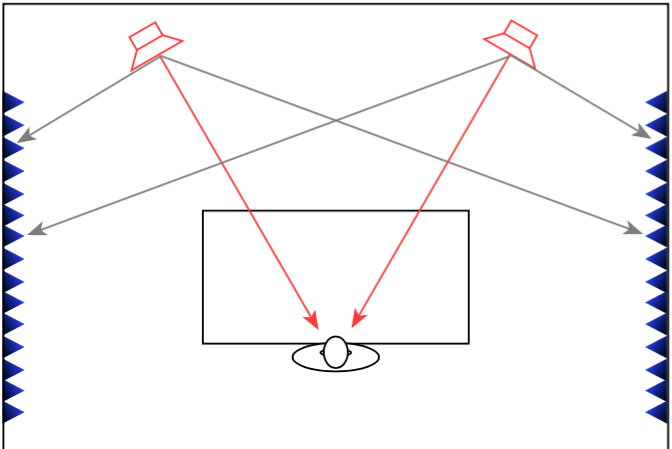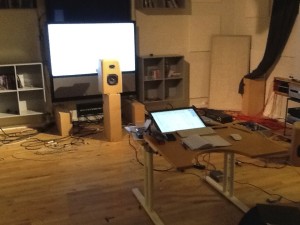Newman
Major Contributor
- Joined
- Jan 6, 2017
- Messages
- 3,520
- Likes
- 4,358
Have you seen how much a lot of people are spending on 2-channel?? How about a multi-thousand-dollar cartridge, and then everything else priced to scale. And a lot of people do that.To take multi-channel seriously seems to involve something along the lines of the setup shown in the photo below (from an earlier post in this thread). Apart from the overall expense, is that really something that is viable for the majority of consumers? It is for those that may have a specialized room for home theatre applications, but modifying a lounge room to accommodate such a setup just isn't viable for many consumers. However, the latter can still use a good stereo sound system to listen to music, which they have been successfully doing via 2-channel audio for quite a while now, and at a relatively moderate total cost.
View attachment 192280
If you are happy to acknowledge the above, then I too acknowledge your point. It’s a long-discussed point.
However, no, I don’t mean that room that Sean Olive posted. When I say taking MCH seriously, I don’t mean bleeding-edge as a minimum: I mean taking it seriously enough to let go of 2-channel obsession and over-attachment to false ideas like “it’s what the artists intended” (hint: no it isn’t).
Floyd Toole recently confirmed in discussion with me that even 5-channel MCH can bring a heap of goodness to the table, so I’m suggesting as a cohort we at least take it seriously enough to go there. With recently published spinorama measurements of affordable speakers, those with modest budgets who thought MCH meant something they can’t afford, can now pick up speakers for a couple or few hundred dollars that can do all the surround duties and have very nice FR and DI and other basics. And they only need 3 of them to jump from 2-channel to 5-channel.
Personally, I think there is another level (pun intended) in MCH World beyond the ‘classic’ 5-or-7-channel MCH, with the introduction of Atmos and the like since 2016 for home theatre. Let’s also go there when we are ready (I am ready: been 5-channel for over ten years, ready to upgrade), and remember very decent speakers are available at every price point to match budgets.
cheers



